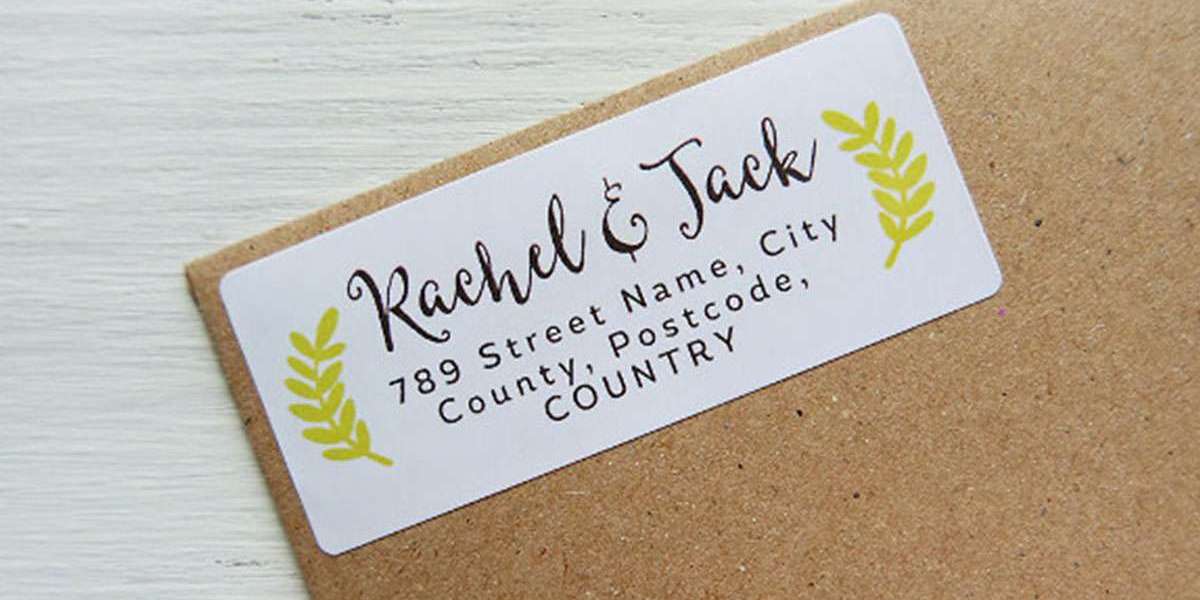In the fast-paced world of manufacturing, packaging plays a crucial role in not just preserving the product but also in communicating brand identity and attracting consumers' attention. Among the various elements of packaging, labels are often the unsung heroes that convey essential information and create a lasting impression. The evolution of label printing technologies has been nothing short of revolutionary, continually pushing boundaries and redefining possibilities. In this blog, we delve into the transformative innovations in label printing that are shaping the future of packaging.
Understanding the Significance of Label Printing
Labels are more than just stickers on a product; they serve multiple critical functions. They provide essential product information, including ingredients, usage instructions, and safety warnings. Labels also act as a branding tool, carrying the visual identity of the product and reinforcing brand recognition. Moreover, they contribute to regulatory compliance, ensuring that products meet legal requirements and standards.
Evolution of Label Printing Technologies
Conventional Methods: From Handcrafted to Industrial
Traditionally, labels were produced through labor-intensive processes, often involving handcrafted designs and limited printing capabilities. The advent of industrialization brought about significant changes with the introduction of mechanical printing presses. These presses enabled mass production of labels, improving efficiency and reducing costs.
Digital Revolution: Precision and Flexibility
The digital revolution marked a paradigm shift in label printing. Digital printing technologies offered unprecedented precision and flexibility, allowing manufacturers to create high-quality labels with variable data and intricate designs. Unlike traditional methods, digital printing does not require printing plates, making it cost-effective for short print runs and customization.
Innovation in Materials: Sustainability and Durability
In parallel with advancements in printing technologies, there has been continuous innovation in label materials. Sustainable materials such as biodegradable films, recyclable papers, and eco-friendly adhesives are gaining prominence, driven by consumer demand for environmentally responsible packaging solutions. Additionally, advancements in material science have led to labels that offer enhanced durability, ensuring that they withstand various environmental conditions without compromising aesthetics or functionality.
Cutting-Edge Applications of Label Printing
Smart Labels: Bridging Physical and Digital Worlds
One of the most exciting developments in label printing is the emergence of smart labels. These labels incorporate technologies such as RFID (Radio Frequency Identification) and NFC (Near Field Communication), enabling products to interact with consumers and their environment. Smart labels can provide real-time information about product authenticity, supply chain tracking, and even interactive consumer experiences through smartphones and other devices.
Anti-Counterfeiting Solutions: Ensuring Product Integrity
Counterfeiting remains a significant challenge for many industries, compromising consumer safety and brand reputation. Label printing innovations have introduced advanced anti-counterfeiting solutions, including holographic foils, microtext, and serialized QR codes. These technologies make it increasingly difficult for counterfeiters to replicate labels accurately, providing manufacturers and consumers with peace of mind.
Personalization and Brand Differentiation
In today's competitive market, personalized packaging plays a crucial role in brand differentiation. Label printing technologies enable brands to create customized labels tailored to specific consumer segments or even individual preferences. Variable data printing allows for the incorporation of personalized messages, graphics, and promotions, enhancing consumer engagement and brand loyalty.
Future Trends and Innovations
Augmented Reality Integration: Interactive Consumer Experiences
Looking ahead, the integration of augmented reality (AR) with label printing holds immense potential for creating immersive consumer experiences. AR-enabled labels can transform static packaging into dynamic, interactive platforms, where consumers can access product information, demonstrations, and even virtual try-ons directly through their smartphones. This technology not only enhances engagement but also provides brands with valuable insights into consumer behavior and preferences.
Advanced Printing Techniques: 3D Printing and Beyond
The evolution of label printing is also witnessing advancements in printing techniques beyond traditional two-dimensional formats. Three-dimensional printing (3D printing) is emerging as a promising technology for creating tactile and visually striking labels that stand out on the shelf. Additionally, developments in conductive inks and flexible electronics may pave the way for labels with integrated sensors or electronic displays, opening up new possibilities in product communication and functionality.
Sustainability and Circular Economy Initiatives
As sustainability continues to be a driving force in the packaging industry, label printing innovations are increasingly focused on enhancing recyclability and reducing environmental impact. Innovations such as water-based inks, compostable adhesives, and bio-based substrates are gaining traction, aligning with circular economy principles and regulatory requirements. Manufacturers are also exploring ways to optimize packaging efficiency and minimize material waste throughout the label printing process.
Conclusion
In conclusion, the field of label printing is undergoing a profound transformation, driven by technological advancements, consumer expectations, and sustainability imperatives. From digital printing and smart labels to augmented reality and sustainable materials, innovations in label printing are reshaping the way products are packaged, marketed, and consumed. As we look to the future, continued collaboration between manufacturers, technology providers, and regulatory bodies will be essential in unlocking new possibilities and ensuring that label printing remains at the forefront of packaging innovation. Embracing these transformative technologies will not only empower brands to differentiate themselves in the marketplace but also contribute to a more sustainable and interconnected global economy.








